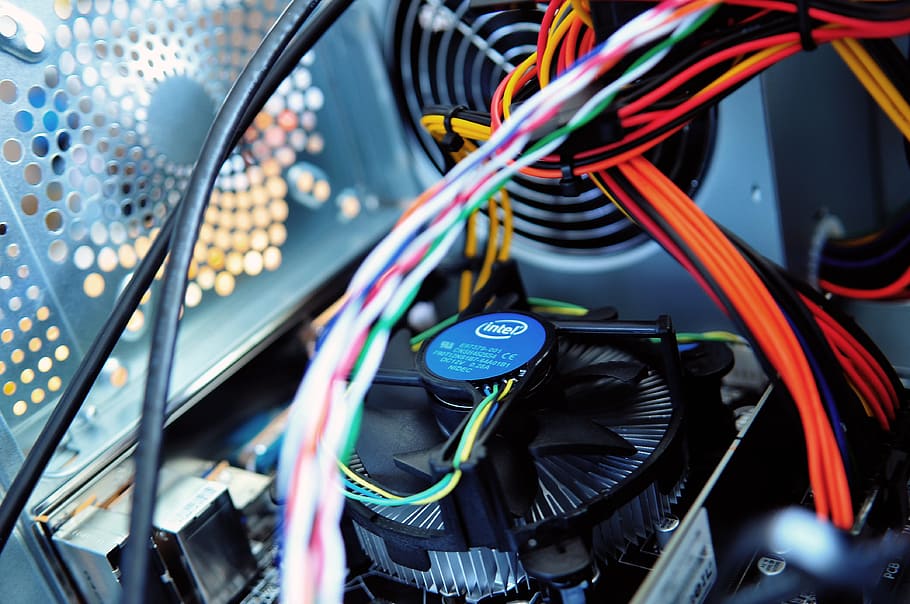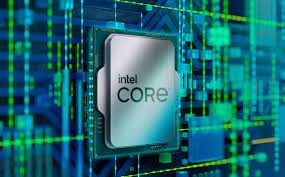Brass hardware
Brass hardware is the term used to describe all metal parts of furniture that are not glass or wood. These include things like knobs, pulls, drawer slides, hinges, etc. Brass hardware can be brushed or rubbed with special cleaners for brass to retain its bright finish.
Brass hardware comes in two finishes: brushed and high luster. Sometimes one is made shinier than the other by buffing them on a wheel. The first step to cleaning brass hardware is knowing if it has a lacquer or shellac coating.
Importance of cleaning the brass hardware
Brass hardware might consist of the best materials that are available in the market. They are rugged, beautiful, and can last for a long time, depending on handling them. This means that when you are using the brass hardware in your home or even outside, it is imperative to maintain them well to remain in top condition. One way in which this can be done is by cleaning it regularly with water and soap to remove all dirt, grime, and dust buildup.
How to clean brass hardware?
How to clean brass hardware is something that almost everyone desires. Brass is a beautiful metal, but it requires work to keep it looking great. There are many products available in stores for this purpose, but sometimes they can be harmful. This article will discuss how to clean brass hardware safely at home without harsh chemicals or compounds.
1. Old toothbrush
An old toothbrush works great when cleaning smaller areas of brass fixtures because you can get into crevices and spaces that are otherwise hard to reach. Just remember not to use an electric toothbrush since these run much faster than manual ones do and heat up over time, which may damage the finish on your fixtures!
2. Lemon Juice & salt paste
This is one of the easiest methods that you can use to clean brass hardware. First, cut a lemon in half and sprinkle salt on top of it. After this, gently rub the mixture onto the brass fixture in small circles until you have rubbed it all over it. At last, rinse off any residue with clear water and dry your institution thoroughly before using it again!
3. Baking soda paste
When making a baking soda paste for cleaning brass hardware, there are two options. The first is to mix three parts of baking soda with just one amount of water into a thick paste. This will be enough for several uses, so store the rest in an airtight container if not needed immediately! Your second option involves creating powdered baking soda by putting some in a bag and smashing it with a hammer or some other heavy object. After this, add water to make a paste and use as mentioned above.
4. Salt & White Vinegar
This is another safe combination of products that you can use for cleaning brass hardware. Mix two parts salt with one part white vinegar until you have formed a thick paste. Next, apply the mixture using an old toothbrush in the same circular motions described above, then rinse off with clear water once finished! Remember not to get any of these solutions on your skin because they may irritate if left too long!
5. Aluminum Foil
Cutting up aluminum foil into small squares is one of the most inexpensive ways to clean brass fixtures around your home. Then, dip the pieces into some soapy water and scrub them onto your fixtures. The aluminum will help to scrape away any dirt or other debris found on your fixtures, while the soap should be enough to cut through the grease without harming your brass.
6. Tarn-X
If you are looking for a safe way to clean your brass hardware, then this is one of the best methods that anyone can do at home. Tarn-X is an acid-free cleaner that comes in several sizes, but larger containers are more cost-effective since you get many washes out of one bottle! Follow the instructions on the label and use them within them because extra usage may damage your fixtures!
7. Toothpaste
Toothpaste works well as a cleaner for brass hardware because it has a mild abrasive in it. This is the same as an aluminum foil but without the mess since you will be rinsing off whatever residue remains with warm water! Just apply some toothpaste to your cloth and rub it on gently until all fixtures are clean and polished.
8. Aluminum foil & Baking soda paste
This works just like the salt and vinegar paste described above, but instead of using salt, use baking soda and, instead of white vinegar, use aluminum foil. The results should be similar; just remember not to get any solutions inside fixtures since they may cause damage if left unattended too long. After this, rinse thoroughly with clean water to avoid staining or other issues occurring later on.
9. Brass Cleaner
Brass cleaners are acid-free and often dish soap-free, which is safer for your fixtures in the long run. Just like with Tarn-X, you need to follow the instructions on the label carefully when using this product to avoid damaging your brass hardware! After making sure that your pieces are clean inside and out, rinse them off thoroughly with warm water. This should leave you with clean brass hardware that was easy enough to do yourself without breaking the bank!
10. Aluminum Foil & Baking soda paste (alternative)
Another alternative method for cleaning brass fixtures is combining aluminum foil and baking soda into a thick paste. Apply this mixture as before but only focus on one area at a time to avoid damaging your fixtures by scrubbing them with too much force! Once finished, rinse off the paste and remove all residue before drying for best results.
How may severely tarnished brass be cleaned?
To make a paste, combine 1/2 cup vinegar, one teaspoon salt, and one tablespoon flour. Spread the mixture over the brass and give it some time to rest. Dry after rinsing with cold water. (This technique is equally effective on rusted brass.)
Conclusion
And there you have it! Ten ways to clean your brass hardware using everyday household products so you can focus on the rest of your home without worrying about how to clean brass fixtures. Remember that if any chemical solution is left unattended on pieces for too long, they may become damaged, discolored, or even removed entirely! Be patient when cleaning your components and follow the instructions carefully to avoid causing unintended damage later down the line.







